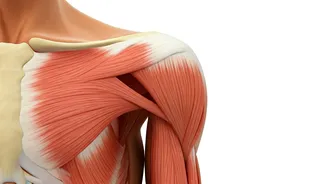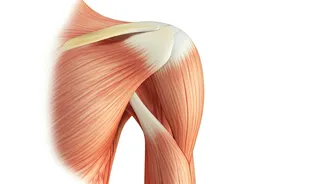Understanding Joint Stiffness
Joint stiffness, a common complaint during winter, often stems from decreased physical activity, changes in barometric pressure, and the body’s natural
response to cold temperatures. The cold can cause the synovial fluid, which lubricates the joints, to thicken, leading to stiffness and reduced range of motion. Muscles also tend to contract in the cold, further exacerbating the issue. Individuals may experience discomfort ranging from mild aches to significant pain, impacting daily activities and overall quality of life. Awareness of these factors is key to implementing effective management strategies. Recognizing the causes allows for targeted interventions to ease discomfort and promote joint health. Understanding these elements creates a foundation for proactive approaches to manage joint stiffness during winter.
Gentle Exercise Benefits
Regular, gentle exercises are a cornerstone of managing joint stiffness. Low-impact activities such as walking, swimming, and cycling can maintain and even improve joint flexibility and range of motion. These exercises promote blood flow to the joints, delivering essential nutrients and oxygen while removing waste products. Incorporating exercises that focus on stretching and strengthening the muscles around the joints is also very beneficial. Consider exercises like yoga or Pilates, which help improve flexibility, balance, and overall body strength. Begin slowly and gradually increase the intensity and duration of the exercises as your body adapts. Consistency is key, aiming for at least 30 minutes of moderate exercise most days of the week. Always listen to your body and avoid pushing through pain. If you experience increased discomfort, it’s advisable to consult with a healthcare professional to adjust your exercise plan appropriately. The integration of gentle exercises can significantly improve joint comfort and mobility.
Warm-Up Before Activity
Before engaging in any physical activity, it is important to adequately warm up your muscles and joints. Warm-up exercises increase blood flow, which in turn lubricates the joints and prepares the muscles for movement. A warm-up routine can be as simple as a few minutes of light cardio, such as marching in place or arm circles. Follow these with dynamic stretches, which involve moving your joints through their full range of motion. For instance, you could do leg swings, torso twists, and shoulder rotations. Avoid static stretches, like holding a stretch, before warming up, as these may increase the risk of injury when muscles are cold. Warming up before engaging in activity prepares your body and helps to reduce joint stiffness and minimize the risk of injury. A well-executed warm-up routine is a preventative measure that maximizes the effectiveness and safety of your workouts. Make a warm-up a non-negotiable part of your daily routine, especially during the colder months.
Lifestyle Modifications Needed
Lifestyle changes can play a significant role in managing joint stiffness. Maintaining a healthy weight is vital, as excess weight places additional stress on the joints, potentially worsening discomfort. A balanced diet rich in anti-inflammatory foods, such as fruits, vegetables, and omega-3 fatty acids, can help reduce inflammation and alleviate joint pain. Staying hydrated is also very important, since adequate hydration supports the health of joint cartilage. Make sure to dress warmly in layers, especially when going outside in cold weather, as this helps prevent the body from becoming chilled and constricting blood flow to the joints. Consider using assistive devices like walking sticks to reduce stress on your joints if necessary. Proper sleep also aids in the recovery process, and ensure you get adequate rest and make time for relaxation to help minimize stress, which can worsen joint stiffness. These adjustments can collectively lead to improvements in both comfort and joint health.
Heat and Cold Therapy
Both heat and cold therapy can be used to manage joint stiffness. Heat, like a warm bath or a heating pad, can help relax stiff muscles, increase blood flow, and reduce pain. Apply heat for 15-20 minutes at a time. Cold therapy, like an ice pack, can reduce inflammation and numb the area, providing relief from acute pain. Apply an ice pack for 10-15 minutes, several times a day. Alternate between heat and cold applications as needed. Some individuals find that heat is most beneficial before activity to loosen joints, while cold is more helpful after activity to reduce inflammation. Always wrap ice packs in a cloth to prevent skin damage, and carefully monitor your skin's response to both heat and cold. If you have any health conditions, such as circulatory issues or nerve damage, consult with your healthcare provider before using heat or cold therapy. Careful and informed use of these therapies can provide considerable relief from joint discomfort.
Consult a Professional
If joint stiffness is persistent or severe, seeking professional medical advice is essential. A healthcare professional, such as a doctor or physiotherapist, can evaluate your condition and provide tailored recommendations. They can conduct a thorough examination to rule out underlying medical conditions, such as arthritis, and develop a treatment plan that addresses your specific needs. This plan might include exercises, medications, or other therapies. A physiotherapist can provide hands-on techniques, prescribe specific exercises, and offer guidance on proper posture and movement patterns. They can also educate you on self-management strategies and provide modifications to your activities to minimize joint stress. Regular check-ups allow for monitoring and adjustment of your treatment plan, as needed. Do not hesitate to seek professional help for persistent discomfort.











